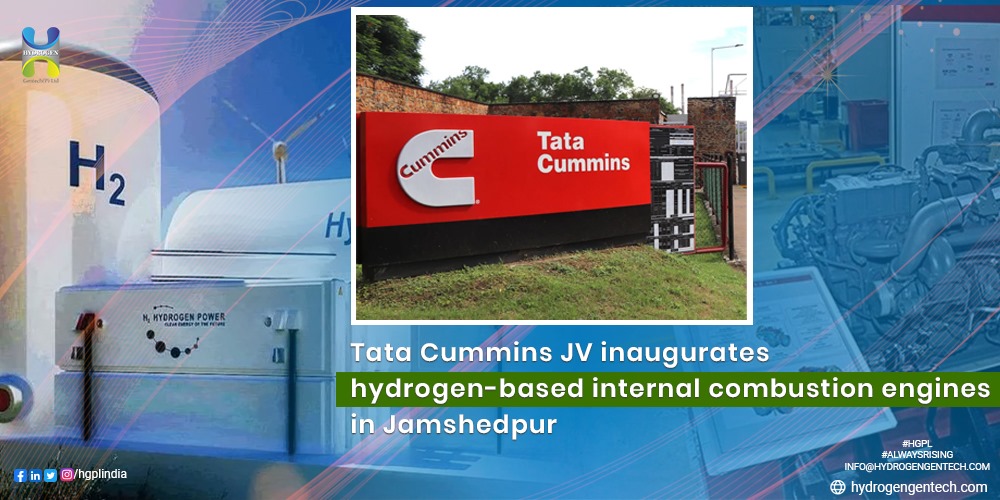The global push towards decarbonization has brought hydrogen into the spotlight as a critical component of the future energy landscape. Governments worldwide are implementing policies and incentives to stimulate hydrogen development, recognizing its potential to significantly reduce greenhouse gas emissions, enhance energy security, and drive economic growth. This blog provides an overview of current policies and incentives in India and globally, and analyzes how these measures are shaping the hydrogen industry.
Overview of Global Policies and Incentives
European Union
The European Union (EU) has been a pioneer in hydrogen policy, with the European Commission launching the European Hydrogen Strategy in July 2020. This comprehensive plan aims to install at least 40 GW of renewable hydrogen electrolysers and produce up to 10 million tonnes of renewable hydrogen by 2030. Key incentives include:
- Funding Programs: The EU allocates substantial funding for hydrogen projects through the Horizon Europe program and the Innovation Fund.
- Regulatory Framework: The EU is developing a regulatory framework to ensure a standardized and supportive environment for hydrogen production, storage, and distribution.
- Green Hydrogen Partnerships: The EU promotes international partnerships to facilitate knowledge exchange and technological advancement in hydrogen.
United States
In the United States, hydrogen policy is guided by the U.S. Department of Energy’s Hydrogen Program Plan. The plan emphasizes innovation, commercialization, and market expansion of hydrogen technologies. Key incentives include:
- Tax Credits: The Infrastructure Investment and Jobs Act includes tax credits for hydrogen production and fuel cell vehicles.
- Research and Development: Significant funding is allocated to hydrogen research and development through programs like H2@Scale.
- Public-Private Partnerships: The U.S. promotes collaboration between federal agencies, industry, and academia to advance hydrogen technologies.
Japan
Japan has established itself as a global leader in hydrogen technology. The Basic Hydrogen Strategy, launched in 2017, outlines Japan’s vision to become a “hydrogen society.” Key incentives include:
- Subsidies: Japan offers substantial subsidies for hydrogen production, fuel cell vehicles, and hydrogen refueling stations.
- International Collaboration: Japan actively collaborates with countries like Australia to develop a stable hydrogen supply chain.
- Infrastructure Development: The government invests in hydrogen infrastructure, including refueling stations and production facilities.
Hydrogen Policies and Incentives in India
India is rapidly embracing hydrogen as a cornerstone of its clean energy transition. The government has launched several initiatives and policies to foster the development of green hydrogen.
National Hydrogen Mission
Launched in 2021, the National Hydrogen Mission aims to position India as a global hub for green hydrogen production and export. The mission’s objectives include:
- Production Targets: Achieve production of 5 million tonnes of green hydrogen annually by 2030.
- Policy Support: Develop a robust policy framework to support hydrogen production, storage, and utilization.
- Research and Development: Promote R&D in hydrogen technologies to enhance efficiency and reduce costs.
Production-Linked Incentive (PLI) Scheme
The PLI scheme for electrolyser manufacturing is a significant step towards boosting domestic production capabilities. Key features include:
- Financial Incentives: Provide financial incentives to manufacturers to reduce production costs and enhance competitiveness.
- Domestic Manufacturing: Encourage domestic production of electrolysers to reduce dependence on imports and build a resilient supply chain.
Renewable Energy Integration
India’s abundant renewable energy resources, particularly solar and wind, are being leveraged to produce green hydrogen. The government is promoting policies to integrate renewable energy with hydrogen production, ensuring sustainability and economic viability.
Strategic Partnerships
India is forging strategic partnerships with countries such as Japan, Germany, and Australia to collaborate on hydrogen technology and infrastructure development. These collaborations are vital for knowledge transfer, technological innovation, and market access.
Impact of Policies and Incentives on the Hydrogen Industry
Accelerated Technological Development
Government policies and incentives are driving technological advancements in the hydrogen sector. Funding for research and development is leading to innovations in electrolyser efficiency, fuel cell technology, and hydrogen storage solutions. This accelerated technological development is critical for reducing costs and enhancing the commercial viability of hydrogen technologies.
Increased Investment
Policies and incentives are attracting substantial investments from both public and private sectors. Companies are investing in hydrogen projects, leveraging government support to de-risk investments and enhance returns. This influx of capital is crucial for scaling up hydrogen production and infrastructure.
Infrastructure Development
Government incentives are facilitating the development of hydrogen infrastructure, including production facilities, storage systems, and refueling stations. A robust infrastructure is essential for the widespread adoption of hydrogen technologies across various sectors, including transportation, industry, and power generation.
Market Expansion
Supportive policies are expanding the market for hydrogen technologies. Regulatory frameworks, subsidies, and tax incentives are creating a favorable environment for the commercialization of hydrogen products and services. As a result, hydrogen is increasingly being adopted in sectors such as transportation, industrial processes, and energy storage.
Environmental Benefits
By promoting the production and use of green hydrogen, government policies are contributing to significant environmental benefits. Green hydrogen, produced using renewable energy, generates zero emissions, helping to reduce greenhouse gas emissions and combat climate change. The shift towards hydrogen also reduces dependence on fossil fuels, enhancing energy security and sustainability.
Conclusion
Government policies and incentives are playing a pivotal role in shaping the hydrogen industry globally and in India. By fostering innovation, attracting investments, and developing infrastructure, these measures are driving the transition towards a hydrogen-based economy. As a hydrogen plant manufacturing company, we are committed to supporting this transition by providing cutting-edge technology and solutions for hydrogen production, storage, and distribution. The future of hydrogen is bright, and with continued government support, it holds the promise of a cleaner, more sustainable energy future.











